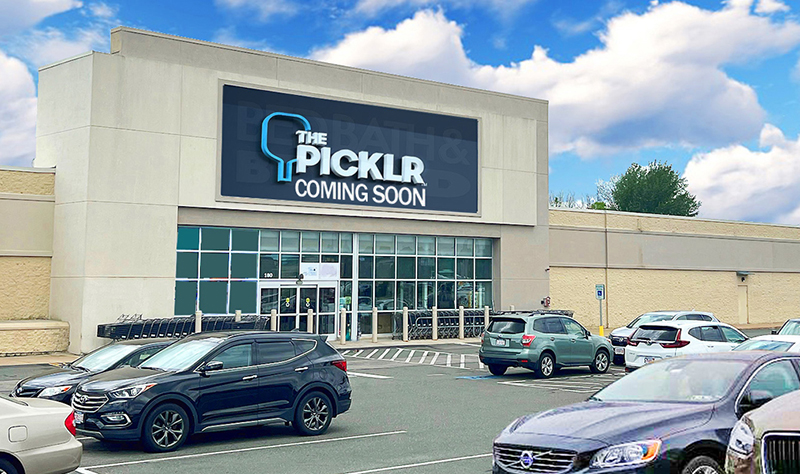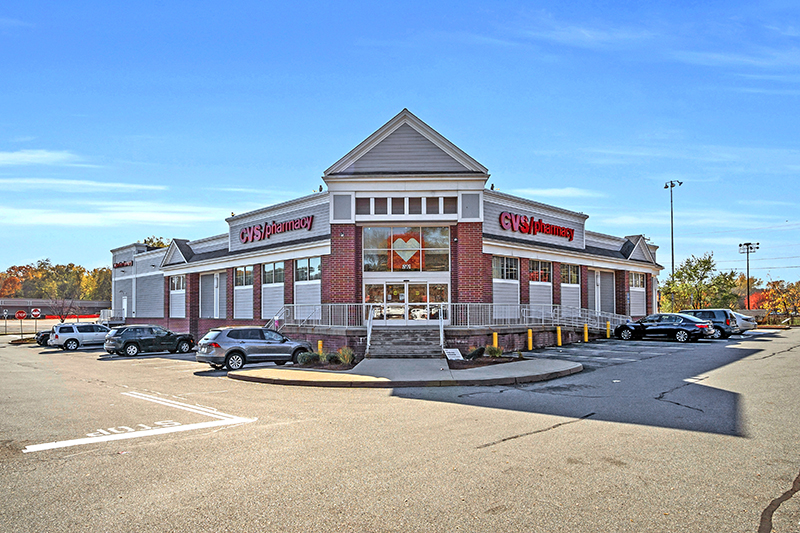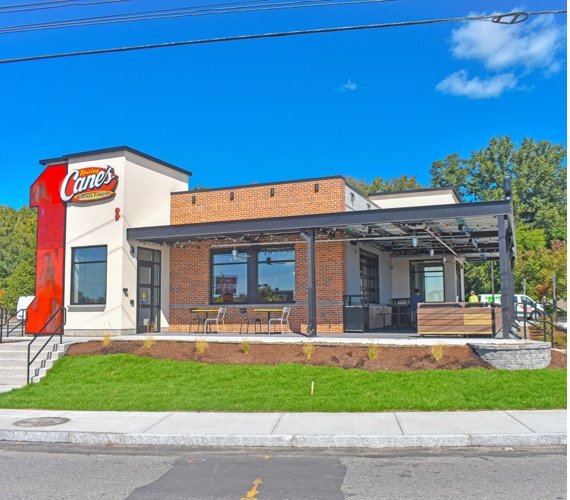News: Retail
Posted: January 24, 2013
Location, location, location...now what? Maximizing the potential of your center
Your assets are in tremendous locations. Demographics, ease of access, ample parking, complementing adjacent uses; all good. But you have too much vacant space, your tenant mix is not working, and your rents are too low. You know the tenants you need to attract, but they are just not interested.
If your asset was built more than ten years ago, chances are its goal was simply to maximize the buildable footprint while providing more than ample parking. It has little to no amenities. It is an auto-centric place, designed for maximum efficiency - drive up, park, purchase, get on the road again. That formula, which worked successfully in the past, has been replaced with an even more efficient shopping model - the Internet.
Non-Internet purchases, like groceries or a cup of coffee, will continue to bring shoppers to your center. But the remainder of the center needs to appeal to a broader base of casual shoppers. Attracting these shoppers, is more and more dependent on a richer shopping experience. This experience has to trigger positive emotions: feelings of safety, comfort, relaxation or social engagement; whether active, as in a conversation among friends, or passive, like people watching while in a comfortable setting. Unless your center was specifically designed to affect these emotional responses, chances are it does just the opposite.
Consciously or unconsciously, we all respond to the unremarkable nuances in our physical environment. Which side of a street we decide to walk down, where we decide to sit, even which chair we decide to sit in, are all deliberate decisions we make to seek a more pleasurable experience. No one believes this more than good retailers. The best stores influence their shoppers with dozens of seemingly innocent design devices.
As a center owner, you can take advantage of similar concepts. These concepts can start paying dividends before the first shovel is in the ground. That doesn't mean you won't eventually invest significant dollars for improvements, but that realistic renderings and three dimensional models by a talented design team can create a similar positive experience for the potential tenant or future shopper. Here is a brief description of the types of improvements that create these positive experiences.
Lighting should be consistent and bright enough along the pedestrian way to create a sense of safety, but never uniform; creating boredom and monotony. Lighting needs to create drama; think stage lighting, which highlights and features elements of interest to attract the eye. If your center just lights the parking lot and the tenant signage, you are missing a great opportunity.
The benefits of variety should extend beyond lighting scenarios. Strips and boxes are accurate (and unflattering) descriptions of centers without variety in their expression. The careful introduction of upscale materials in concentrated but selective areas can offset large expanses of less expensive and interesting materials, like synthetic stucco.
The flexibility and low cost of synthetic stucco has led to extensive overuse and irrational expressions, like giant cornices and other attempts at creating traditional forms, which can't capture the feeling of the craftsmanship of old world construction materials. Much better results will be gained by using contemporary materials in contemporary ways.
Changing up the material palette isn't only relegated to vertical surfaces. A thousand foot long concrete walkway should be modulated with the introduction of alternative materials at important junctures and intersections. Breaking up continuously columned awnings with the introduction of colored awnings (fabric or metal), column-free cantilevered canopies and other techniques create interest for the pedestrian and the driver passing by as well.
Along a long, linear pedestrian path, creating nodes for dining al fresco, whether or not associated with a restaurant, can be inexpensive but very successful. These areas need not be large, but can be simply be segregated from the walking path with planted railings, as in a streetside Paris café. Even the intermittent placement of benches, set in a landscaped surround or change in paving pattern, are welcoming to shoppers to pause, rest, wait, or just people watch.
Finally, concentrating and expanding the use of landscaping in the pedestrian space will affect an enormously positive result. In specific, softening the edge between the walk zone and the traffic zone produces multiple benefits. Planting deciduous trees along the edge creates shade for comfort, and a sense of insulation from the noise and confusion of the vehicular zone. There are several ornamental species which won't grow to obscure signage and will change continually throughout the season, introducing the benefits of nature to an otherwise hard edged environment.
Anthony Amenta is principal for Amenta/Emma Architects, Hartford, Conn.
Tags:
Retail
MORE FROM Retail
Mace of KeyPoint Partners negotiates 36,192 s/f lease for The Picklr at Endicott Square
Danvers, MA KeyPoint Partners (KPP) negotiated a lease with the nation’s premier indoor pickleball venue The Picklr at Endicott Sq. Vice president of retail brokerage Don Mace negotiated the transaction on behalf of the landlord.





.jpg)


.png)